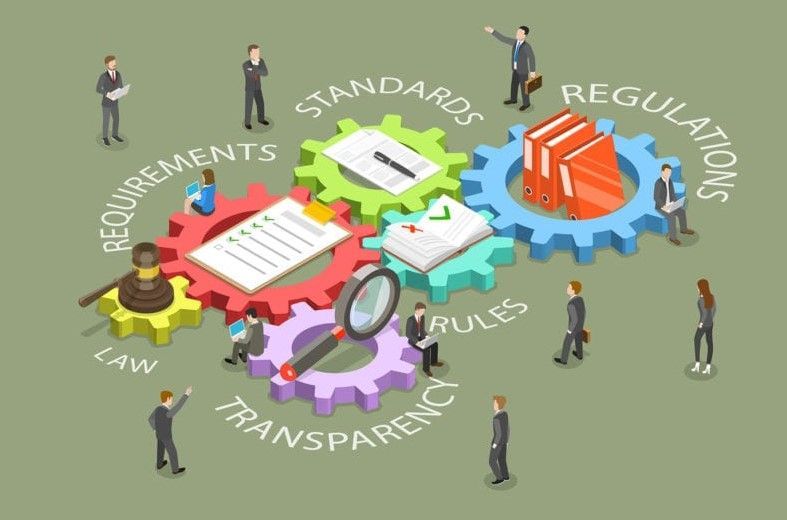Big Data or Small Ball?
June 17, 2025
Big data is a big deal these days because it offers unparalleled opportunities for companies to transform their relationships with their customers. The problem is that you have to be pretty big to take advantage of those kinds of opportunities.
But if you run a smaller company, plenty of opportunities to play “small ball” with data exist, too. (In baseball, “small ball” implies a down-to-earth way to win: Moving runners base by base to home plate versus launching big home runs into outer space.)
What is big data? It’s a name for data sets so large that they can’t be managed effectively with traditional software tools. Manipulating big data, for example, may require hundreds of servers with software programs running in parallel. Think the federal government, Wal-Mart, or Facebook.
All this came to mind because recently in the course of one week big data seemed to be a topic of conversation by clients or prospects everywhere I turned.
On Monday, a supplier told me about his ability to manipulate customer transaction data to produce useful analytics to drive new sales and customized solutions. Many casinos, for example, can produce amazing details about any one individual customer; for example, which games he likes, her average bet, how many minutes per day are played, and, most important, the value of each visit.
The next day I heard about a software system that helps users of every-day products change their purchases to match specific goals, such as saving money, supporting the environment, or looking and feeling healthier. On Wednesday, another supplier shared a way to manipulate transaction data to identify prospects that look like our best customers.
The CEO of a health-care client explained on Thursday how putting big data to work could remove $100 billion in avoidable costs from the health-care system. Fewer than 50 percent of the prescriptions physicians write are taken as directed, for example, many of those aren’t even filled by the patient, and many of filled prescriptions are never picked up.
Finally, it was time to think small-or, at least, smaller. Most of our clients are businesses selling to other businesses, and they don’t have the massive number of transactions consumer companies do. There is no “big data” for these folks.
They can, however, get great benefit from thinking the way the manipulators of big data do. The idea is to assess the data you have, can develop, or buy and use it to work your way around the bases to a score by playing small ball.
1. Learn the deeper buying motives of your customers. Most companies believe they know why their customers buy their products-that is, what value people receive. However, we routinely see clients that correctly identify only about half the reasons people value their products and services over others. They’re truly surprised when we help them identify and understand the other half by looking for the need behind the need.
For instance, a buyer may say she wants to lower costs. While that’s probably true, the need behind the need here-a more powerful reason she’s motivated to buy-may be that she’s in line for a promotion or that her job is on the line.
2. Create a statistical profile of your best customers. Match businesses on multiple criteria to develop prospect lists that match your own list of your best customers. The match can be based on the vertical market, the size of companies in sales, the number of employees, the geographic location, and many others. Especially useful for companies opening up new territories, this approach also helps to segment large responses to promotions to determine which group(s) are more likely to buy.
3. Know where your new revenue comes from-and how much. Analyze the sources to identify leads that are more productive. What are those sources? Well, to name just a few: direct sales; indirect sales such as reps, dealers, brokers and distributors; trade shows, Web inquiries, direct mail, and referrals. A surprising number of small and middle-market companies don’t bother with this practice. They believe they already know because they know their big accounts. That kind of limited thinking can miss trends, niches, and opportunities to open new markets.
4. Determine your “Net Promoter Score .”
The basis for this metric is one question that you ask your customers or clients: “On a scale of 1 to 10, how likely are you to recommend (our company) to a colleague or friend?” Essentially, the NPS measures loyalty and represents the likelihood that an existing customer will purchase from your company again or recommend your company. It’s considered by many to be a better predictor of customer loyalty and behavior than traditional customer satisfaction surveys.
.”
The basis for this metric is one question that you ask your customers or clients: “On a scale of 1 to 10, how likely are you to recommend (our company) to a colleague or friend?” Essentially, the NPS measures loyalty and represents the likelihood that an existing customer will purchase from your company again or recommend your company. It’s considered by many to be a better predictor of customer loyalty and behavior than traditional customer satisfaction surveys.
Key Point: Just because customers are “satisfied” or even “completely satisfied” doesn’t mean that they are loyal and that they will buy from your company again or recommend you to others.
To learn more, see The Ultimate Question: Driving Good Profits and True Growth and other works by Fred Reichheld or give us a call at 847-446-0008.
5. Try the twelve-twelve tool. You can use monthly sales figures (or other key metrics) to smooth out data, remove seasonality, and discover true trends. E-mail us ( pkrone@productivestrategies.com ), and we will send you a spread sheet with the formulas you need to implement this approach, especially if you have a good amount of historical information, say, monthly sales for ten years.
If we can help you gather, analyze, or take advantage of any type of data need please let us know. We’re especially good at finding the data you need-big or small-to sell more of your products and do so more effectively.
The post Big Data or Small Ball? appeared first on Productive Strategies, Inc..










